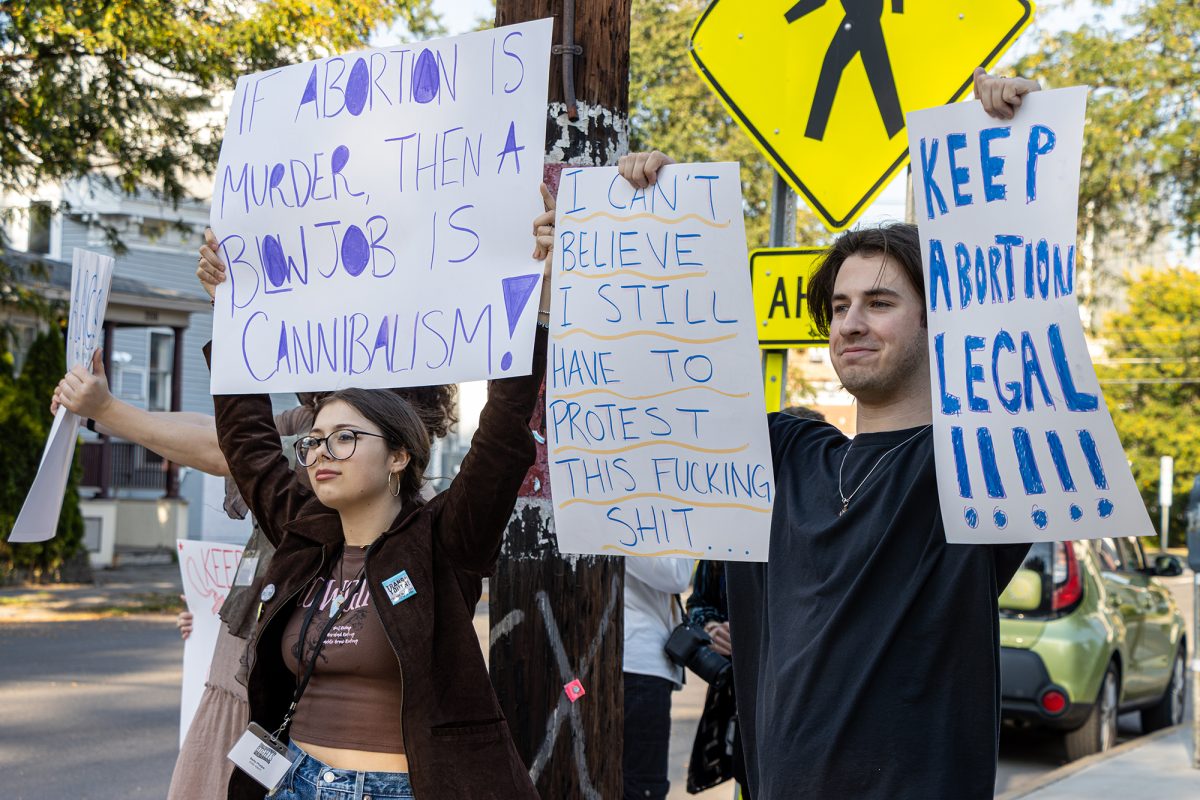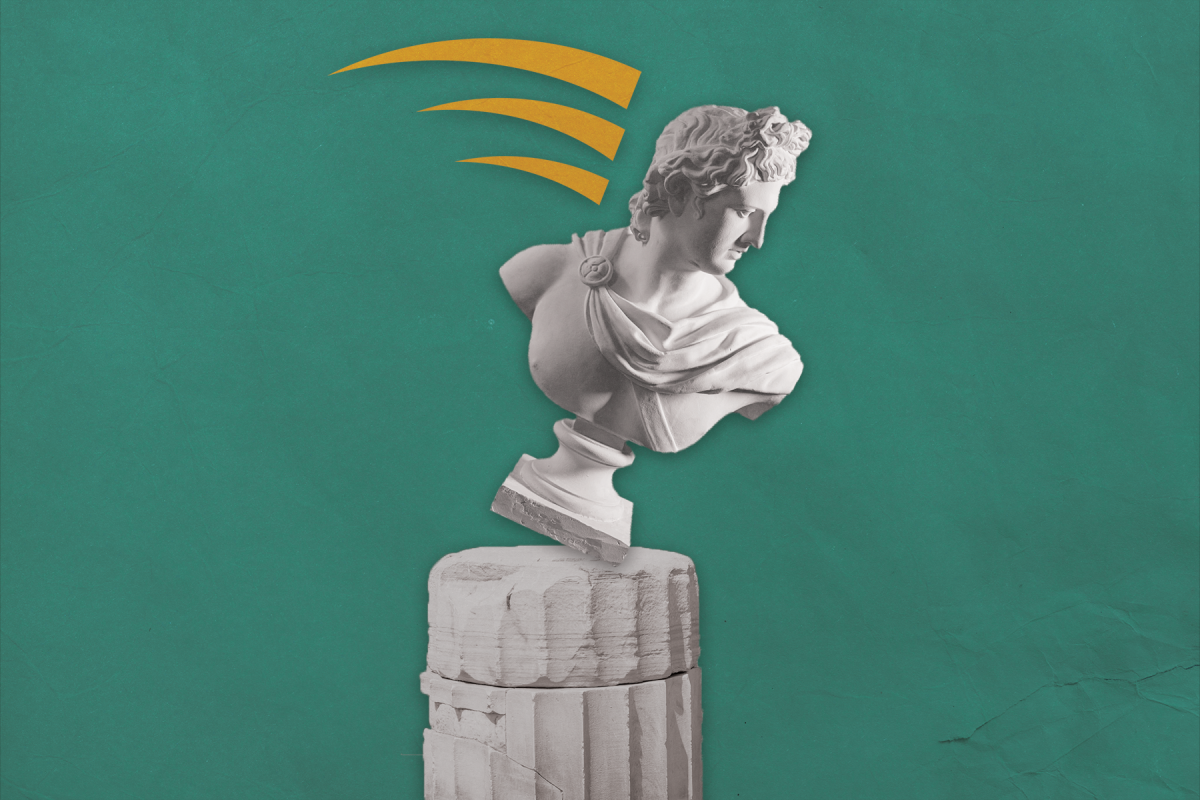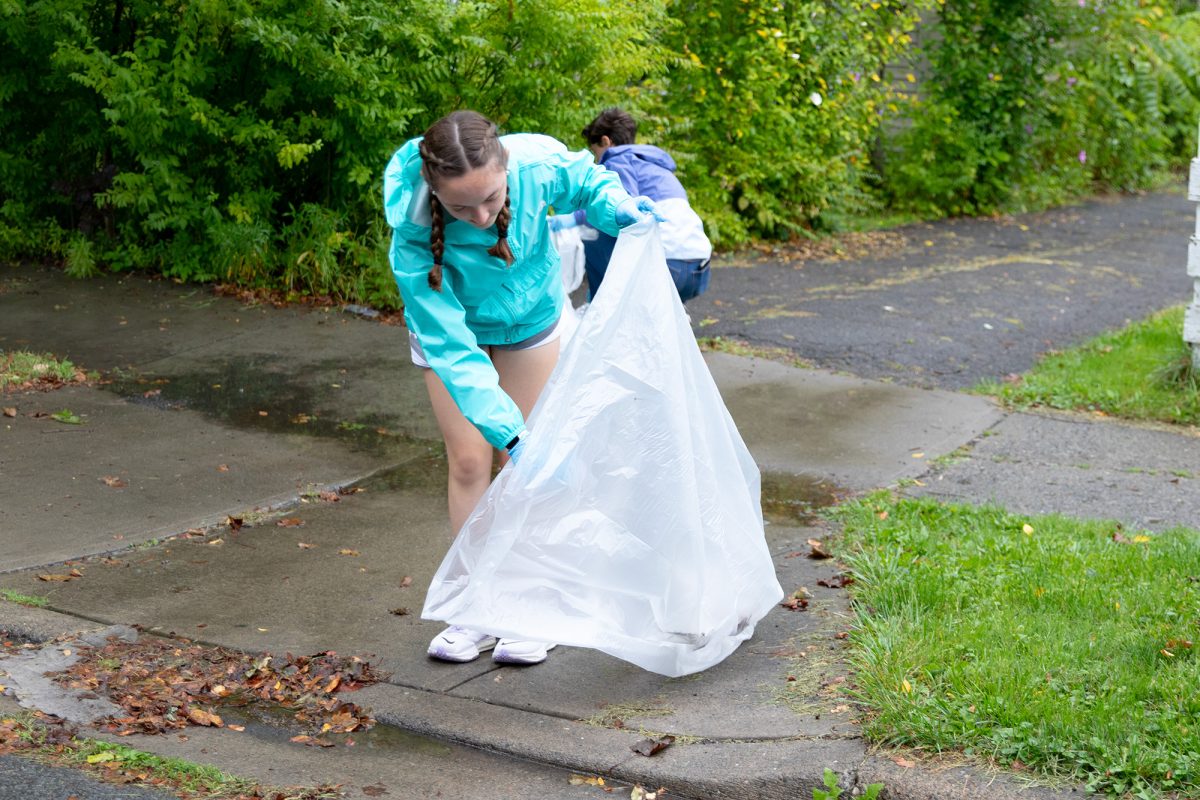With half a year of research under its belt, the Tompkins County Chamber of Commerce will receive final suggestions in January from its consulting firm, Peter J. Smith & Co., on the implementation of the Wayfinding and Interpretive Signage Plan, a master plan to redesign signage throughout the county to make navigation simpler.
The new signage system is expected to be implemented in the summer of 2014, Chamber president Jean McPheeters said.
The plan calls for a consistent design in directional signs at the county’s borders, main routes and points of interest for both visitors and residents. The Strategic Tourism Planning Board has allotted $62,970 to fund the initiative. Officials said they hope the plan will also promote more tourism.
In the grant proposal to the Strategic Tourism Planning Board, McPheeters said there is currently a lack of uniformity in the signs of Tompkins County.
The proposal stated a renewed, codified system would likely increase both the number of visitors and the length of their stays by presenting the county as a place that is easy to navigate.
“Getting around a town easily and finding places that you might want to get to should help tourists understand what’s available in the community and decide to stay longer or come back again,” McPheeters said.
The grant proposal states the project aims to design signs that will direct people to venues, trails, pedestrian and bicyclist areas, community centers and major vehicle routes.
The general public was invited to a public meeting Nov. 7 to provide feedback for the project. One of the two members of the public present at the meeting was Ronda Roaring, creator of the tourism website ILovetheFingerLakes.com and a Tompkins county resident of 40 years. She said she wishes local students had been given a more significant role in the meeting process of the project, given that most of them are visitors who need help getting around at first.
Roaring also said the student input is helpful financially.
“Students bring friends and relatives to the county who spend money here as tourists, so students add to the money people earn through tourism and hospitality, and this adds to the room-tax money the county collects,” she said. “Just look at all the money spent here during Commencement.”
Though the college campuses are not included in the plan, project manager Laurene Gilbert said they would benefit from the more efficient system in town.
“The idea isn’t to define wayfinding for those places; it’s to get people to those places,” she said. “Then once the people are there, Ithaca College or Cornell will have their own wayfinding systems.”
Ithaca College’s wayfinding system is currently being renovated but has no connection to the Tompkins County initiative, Rachel Reuben, associate vice president of marketing communications, said.
“We’ve been working on a program for the last couple of years to replace all of the on-campus directional and wayfinding signage to better help visitors on campus, as well as new students, when they arrive,” she said.
Anthony Hopson, assistant vice president of community and government relations at the college, said the county plan will better help attract students to the college.
“The new signage in Tompkins County intended to make wayfinding easier will enable students, their families and other visitors to the Ithaca College campus to access the dozens of points of interest within this beautiful area,” he said.
Roaring said that until a few years ago, Tompkins County hardly had any signs except those put up by the state Department of Transportation.
“In my opinion, the wayfinding project is just the first step that the county needs to take to be truly visitor-friendly,” she said.
The Tompkins County Visitor Profile conducted from 2008–09 showed the county received about 843,000 visitors in 2009. It also showed the average visitor stayed for 1.4 nights or 2.2 days and spent $265 per overnight trip.
McPheeters estimated in her proposal that the increased quality of tourism from the unified signage will result in more overnight stays from visitors, which would increase sales-tax revenue from food, gasoline and merchandise purchases.
If in fact the new signage helps promote tourism, Roaring’s notion of visitor-friendliness will take on a new and improved definition.
“If a visitor has a positive experience here, we know they’re going to tell friends and relatives, and, we hope, they in turn will visit and enjoy the county and tell others about their experience,” Roaring said. “Students from other counties are of particular value in this respect.”








